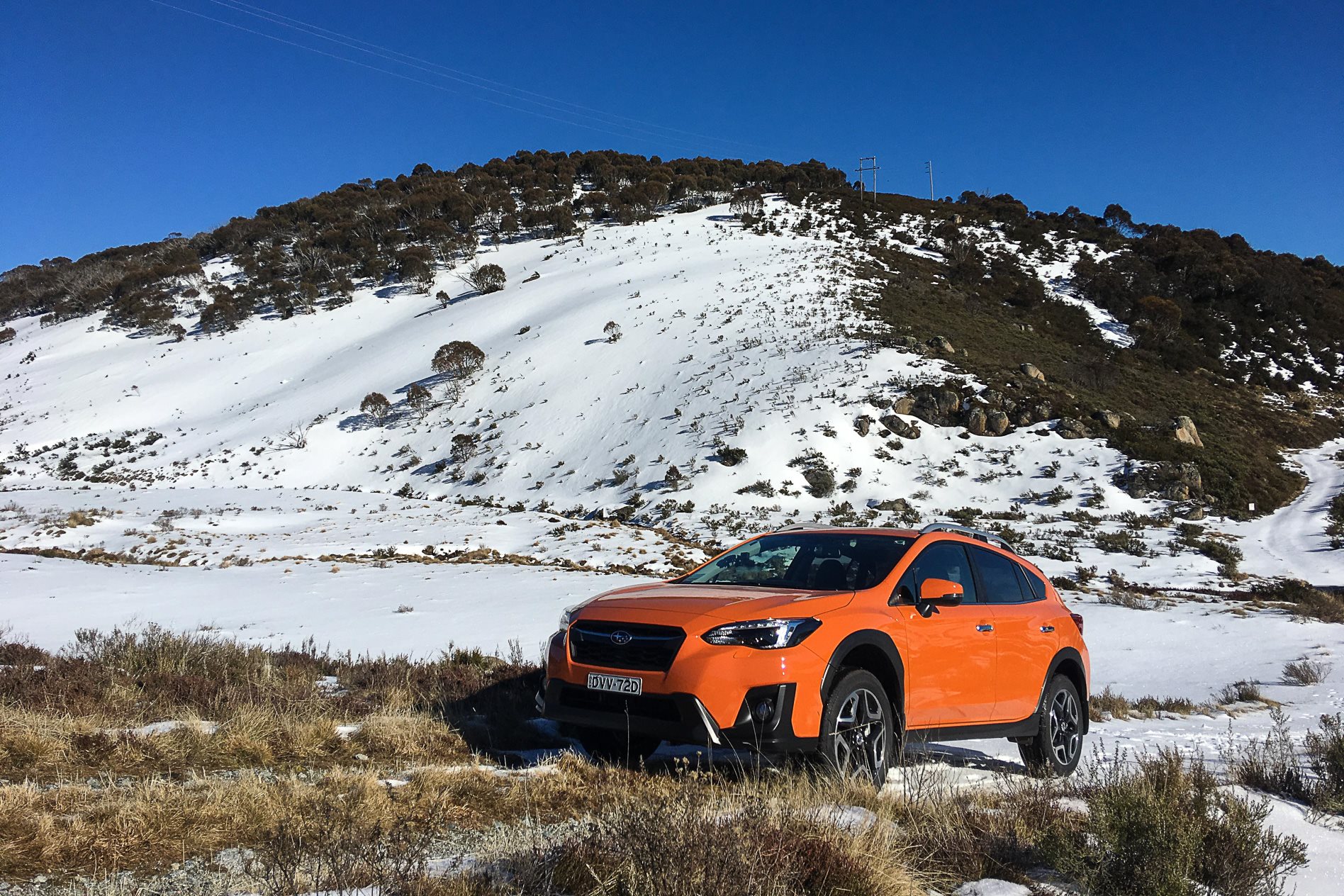
As the temperatures creep south, Australia’s alpine regions start to regain their white winter blankets and the network of 4×4 trails that connect them bring an extra level of complexity and challenge.
But snow and ice covered surfaces can be safely negotiated as long as you are correctly prepared and employ some common sense top tips.
SPEED
Knowing how to drive in snow and icy conditions is an important skill that requires a more gentle approach than under normal conditions. As a rule of thumb, reduce your speed to around half the posted dry weather speed limit. But remember, there is no such thing as a ‘safe’ speed range for driving on ice or snow.
If your vehicle starts to lose traction and slide, back off the accelerator gently, turn the steering wheel in the direction that the rear end of the vehicle is skidding, and look in the direction you want the vehicle to go.
Better than correcting a slide is not getting into one in the first place. Pay attention to the grip level closely and alter your speed, amount of throttle and brake pressure accordingly.
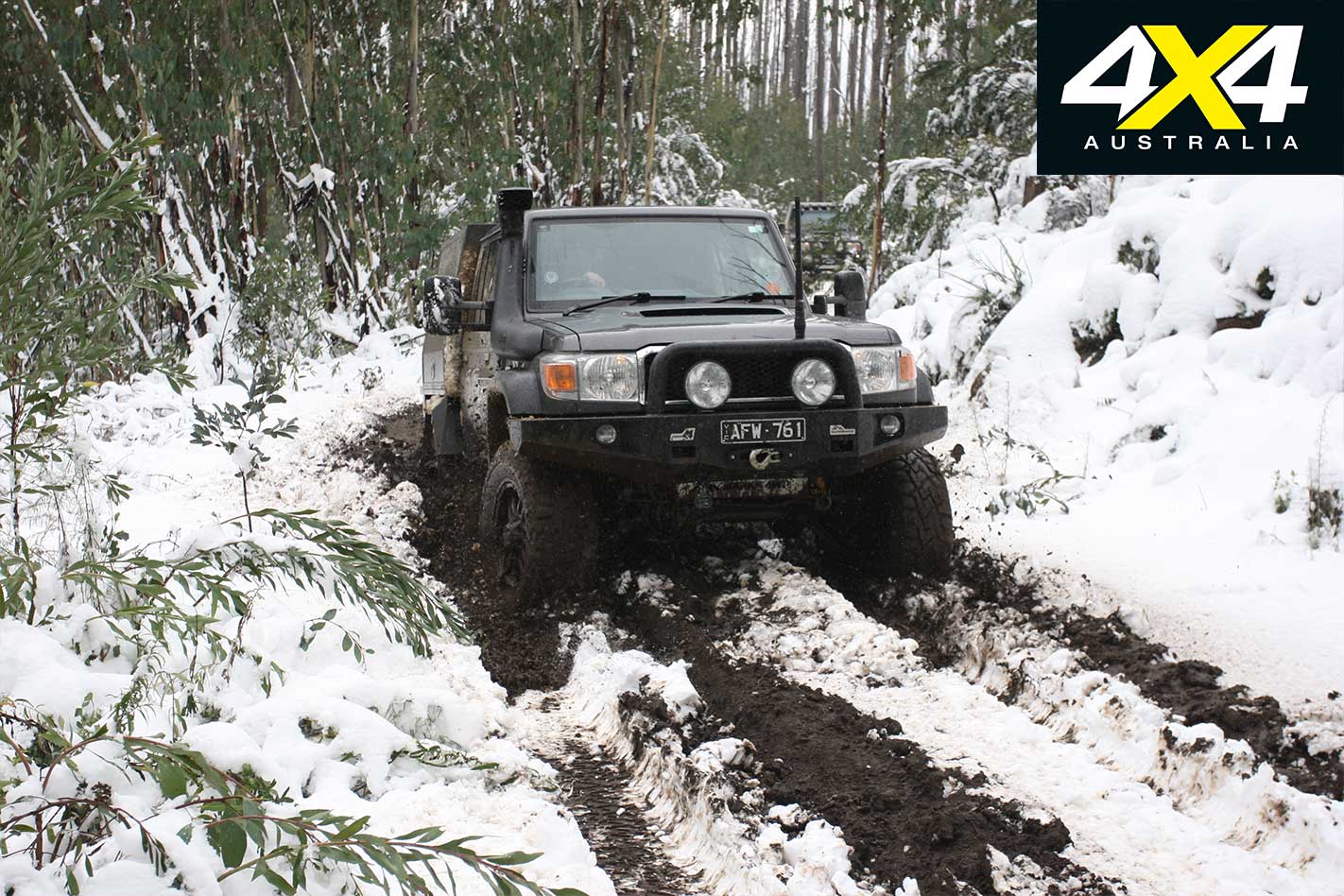
CONCENTRATE
Remember, even where snow has been cleared from the road, the surface may still be covered by a film of snow or ice. Driving on these roads requires concentration and skill. A real challenge is posed by ‘black ice’ which can be invisible. Black ice can look like nothing more sinister than a wet road and commonly occurs in shady areas where the surface is even cooler, so be alert of these conditions and slow down.
STOPPING DISTANCE
Given the unpredictably of ice and snow conditions, it’s good practice to put more distance between you and other vehicles, and give yourself plenty of time to stop. You also need to consider the capabilities of other drivers on the road and be aware that everyone has extended braking and stopping distances too.
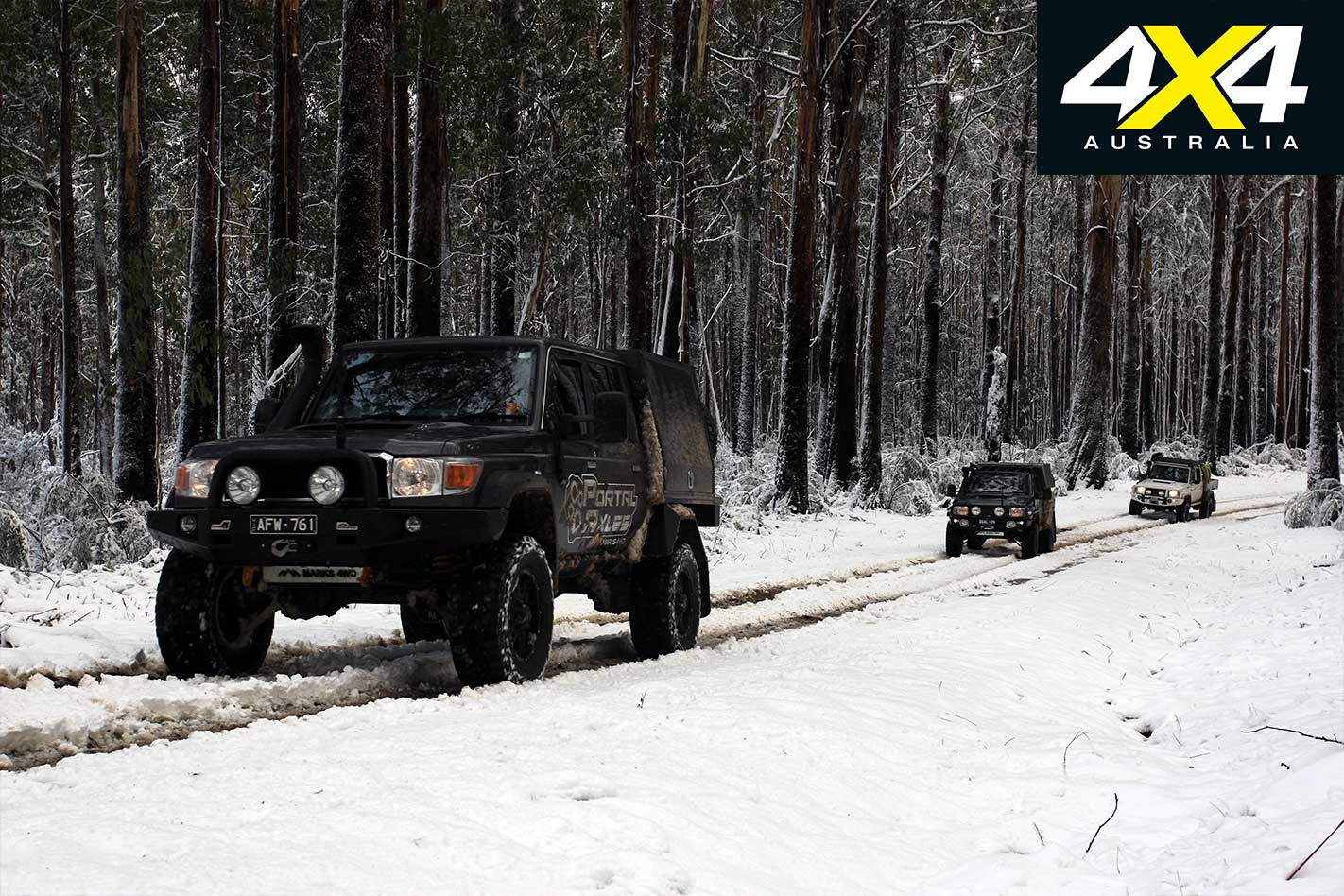
FIX ANY FAULTS
Be sure to identify and rectify any vehicle faults before you leave. Cold weather conditions can exacerbate existing minor problems so have your vehicle thoroughly inspected before taking off.
This ranges from those things you can’t easily see (such as the electrical system) to those that you can. For instance, ice can form in small chips and cracks in the windscreen causing them to expand and ultimately shatter the glass.
It applies to all equipment and not just the vehicle. Inspect jacks, tools, winches, tarps and personal kit too for any problems that might become apparent when you need them most.
TYRE PRESSURES
For every five degrees of temperature reduction, the pressure in a tyre drops by about one or two PSI. Make sure you check your tyre pressures frequently during cold weather and add enough air to keep them at recommended inflation levels.
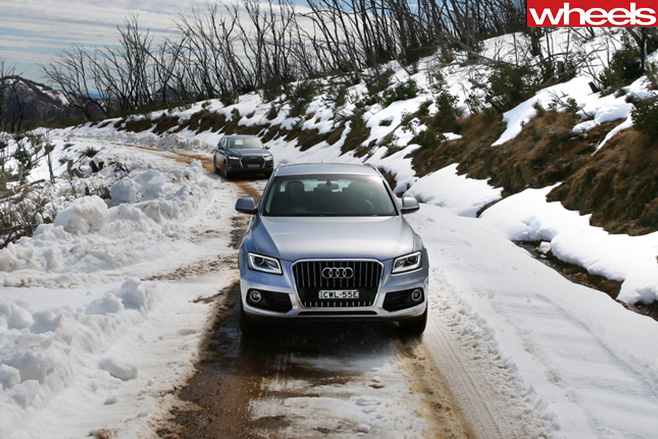
SNOW CHAINS
Four-wheel drive and all-wheel drive vehicles can generally travel further in the snow than two-wheel drives and, depending on the conditions, they are mostly exempt from the requirement to carry chains.
However, in heavy snow conditions, even 4x4s can reach a point where snow chains will become necessary. In some states, it is mandatory to carry chains in all alpine areas and fit them when directed to. Failure to do so in Victoria and you could find yourself with a hefty fine.
If you need to fit chains, make sure you’ve factored in enough time to do so. Fitting and removing chains can take a considerable amount of time if you’re not accustomed to it. If you practice before you head off, it’ll not only ensure you’ve bought the right-sized chains for your vehicle but you’ll also save yourself time in the long run.
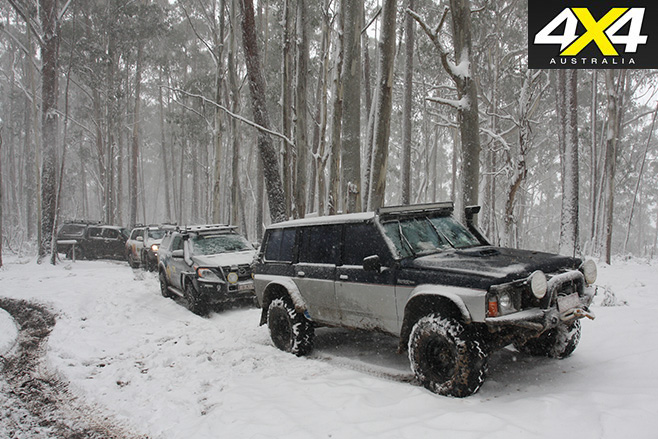
STOP, REVIVE AND SURVIVE
Driving in snow or icy conditions is more fatiguing than normal driving given the increased concentration and difficulty of the conditions encountered – bad weather, darkness, narrow and winding roads.
If a ‘white-out’ condition occurs – the road ahead and snow poles are not visible – bring the vehicle to a stop, leave the engine running and switch on your hazard lights.
COMMON SENSE
Ultimately, driving safely on snow and ice mostly comes down to common sense as well as practice and experience. You wouldn’t expect to become an expert skier the first time you hit the slopes, and the same applies for developing the driving skills you need to get you there and return safely.
Plan your adventure throughly before you go, keep a radio or mobile phone close to hand, and always drive to the conditions.



